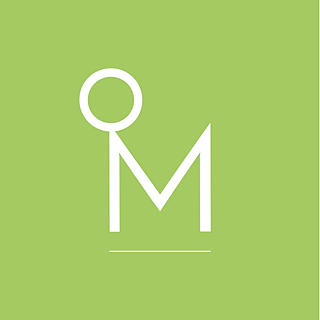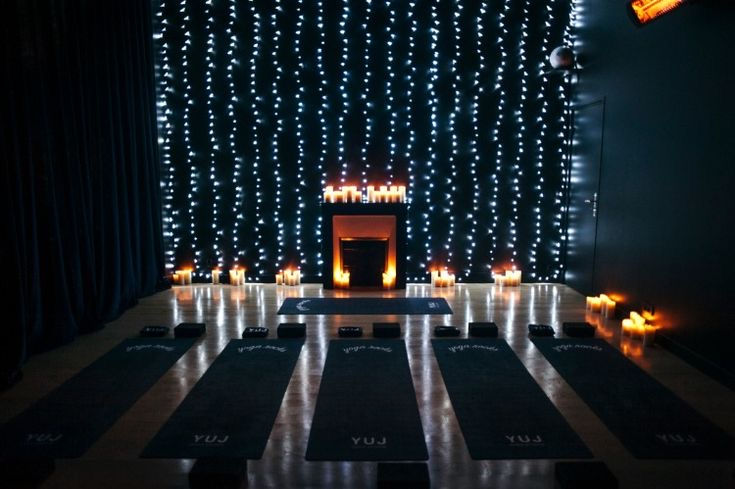Coherent Breathing
- Rosie Lux
- Jun 9, 2021
- 2 min read
Updated: Oct 31, 2021
A century ago, our great grandparent’s generation took about eight to ten breaths a minute, and after our digital revolution, even the most relaxed among us take about twelve. The average breathing rate in the US is between eighteen and twenty per minute, which is the same as some clinical definitions of anxiety.
The breath is a window to the soul. Like when the breathing is fast, the nervous system is heightened and in a state of low-grade fight or flight. It’s no wonder that anxiety, insomnia and sleeplessness are on the rise. These issues are really common, and it's not a failure if you're experiencing them.
In yoga we have the word Svadhyāya which means; a lesson, a lecture in oneself. Yoga is a movement practice, but it’s also a space for self-study. Getting to know your breath is hugely empowering, you’ll learn so much about yourself, you’ll notice your breath isn’t coherent, and that’s why it’s tricky to fall asleep sometimes, or difficult to get back to sleep for example.

The coherent breath isn’t forced or controlled. That ‘magic’ number happens when you’ve created the conditions in your body for the breath to be low (not deep) and efficient.
The yoga I teach will help you to identify the practices that support you to create those conditions. Your own “personal prescription” to wring out tension or get yourself moving, and the coherent breath spontaneously arrives. You’ll find this useful if your goal is to support your physical and mental health, manage your energy during the day, sleep well, or improve sports performance.
I invite you to set a timer and count your breaths for a minute. Try not to think about the numbers, and hitting what you’ve just read is optimum. Breathe honestly and treat this as an exercise in getting to know your whole self. Body, breath and mind.
Click here when you're ready to join me in a class.




Comments